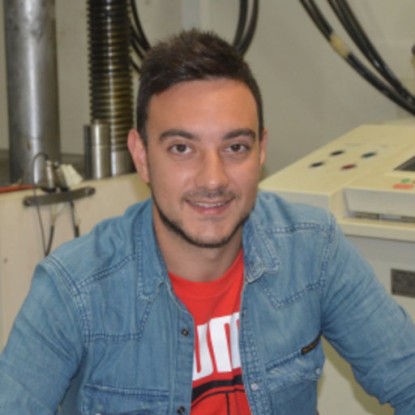Introduction
The construction sector is one of the most energy intensive and raw-material demanding human activities and, hence, it is considered to contribute to a significant share of greenhouse gas in the atmosphere. Therefore, making the construction sector “greener” is one of the main challenges for policy makers, involved companies and the scientific community. Therefore, the Bio-based Energy-efficient materials and Structures for Tomorrow (BEST) project aims at investigating the potential of bio-based composites to realise innovative materials and elements characterised by both energy efficiency and structural capabilities.
The BEST project proposal will deal with the following bio-based materials: (i) Fibres and fabrics of vegetal origin, such as fibres obtained from leaves or stems of tropical plants, as well as fabrics made out of such fibres; (ii) Bio- aggregates obtained from waste and residuals of agricultural activities; (iii) Self-healing agents for concrete and other cement-based composites; (iv) Supplementary cementitious materials obtained by incinerating organic waste.
Therefore, the materials and composites considered in this project proposal are supposed to have potential to tackle the main challenges for the constructions of tomorrow:
- Facing climate change phenomena, by promoting “circular economy” practices;
- Reducing the amount of raw materials requested by the construction sector;
- Contributing to the development of local economies, by means of recycling locally-available waste in response to global challenge.
The BEST project foreseen a comprehensive methodological approach including both experimental activities and theoretical modelling, as it is intended at both advancing the fundamental knowledge in one of the emerging research topics in the field of construction and building materials and paving the way toward the marked uptake.
Our goals
The BEST project aims to tackle the current challenges in construction and building materials and lead to more durable and sustainable technologies for bio-based materials.
Use B for E and S to address T:
- Use Bio-composites
- for Energy-efficient
- and Structurally durable construction
- to address the challenges of Tomorrow
The aim is to enhance energy efficiency of one or more among the aforementioned bio-based materials with the aim to realise one of the following products. The mechanical performance of composites made out of the aforementioned bio-based constituents will be investigated on the type of members listed below. The constituent materials and composite systems considered in this project proposal are supposed to have potential to tackle the main challenges for the constructions of tomorrow, which should be listed below.
Goals summarized
|
Bio-based materials |
Energy efficiency | Structural performance | Tomorrow's challenges |
|---|---|---|---|
Fibres and fabrics of vegetal origin, such as:
|
Cement-based plasters characterised by:
|
Cement/lime-based mortars, the same that could be formulated to realise the energy-efficient plaster |
Fighting climate change, which is obtained by reducing the environmental impact of various industrial sectors (including the construction) by introducing processes aiming to “circular economy" |
| Bio-aggregates obtained from waste and residuals of agricultural activities |
Brick elements for:
|
Fibre/Fabric-Reinforced Composites, which can be used for the aforementioned sandwich panels | Reducing the amount of raw materials requested by the construction sector and, hence, meet the “do-more-with-less” paradigm dictated by several recent documents and guidelines |
|
Bacteria and spores used as self-healing promoters in concrete and other cement-based composites |
Panels, possibly characterised by a sandwich scheme, with two structurally efficient layers at the exterior and a connecting layer of bio-based, thermally insulating material | Other Structural elements, such as masonry walls made of the same sandwich panels and/or the aforementioned energy efficient bricks to be used both in new or existing buildings | Contributing to the development of local economies, by means of recycling locally available waste in response to global challenges, like climate change and shortage of natural resources |
| Supplementary cementitious materials obtained by incinerating organic waste, such as rice husk, and sugarcane bagasse ash |
|






